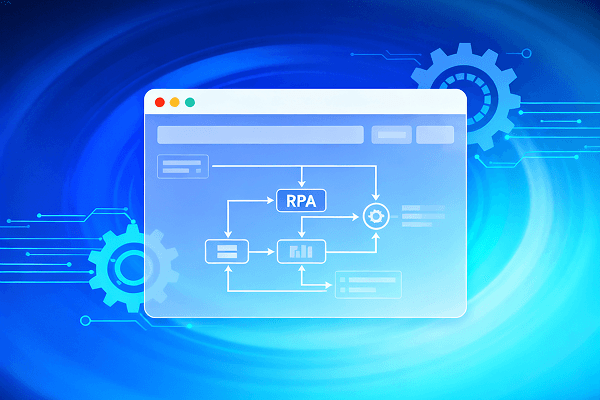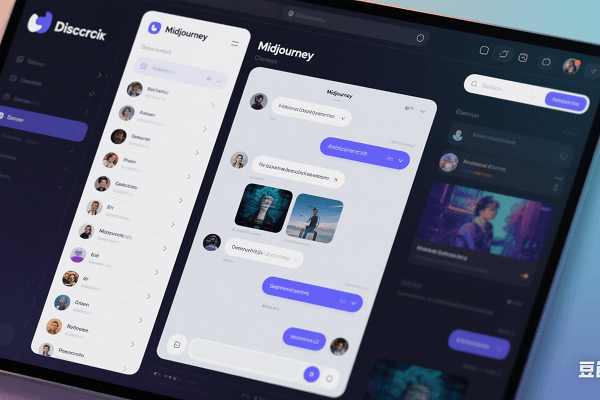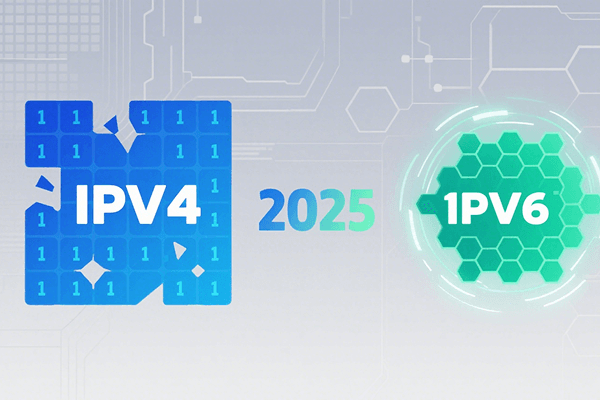The Best RPA Solutions for 2025
 2025.09.19 09:12
2025.09.19 09:12
In 2025, with increasingly complex digital workflows, Browser Automation (RPA) technology has become a key tool for improving efficiency. Whether it's for data collection, multi-account management, or daily repetitive tasks, automation solutions can significantly reduce manual intervention, lower error rates, and free up valuable human resources.
I. Why Do You Need Browser Automation (RPA)?
1. Multi-Account Environment Isolation Technology
Automation tools must create an independent operating environment for each account to avoid data association through cookies, cache, browser fingerprints, and other data. For example, Bitbrowser uses a dual-core architecture (Chrome + Firefox), dynamically generating Canvas/WebGL fingerprints and assigning independent IP addresses and device parameters to each profile, completely circumventing platform association detection. A cross-border e-commerce team used this feature to manage over 50 Amazon store accounts simultaneously, reducing their account suspension rate by 87%.
2. RPA Automation Execution Capability
Visual script design is at the core of improving efficiency. Bitbrowser provides a drag-and-drop workflow designer, allowing users to quickly build full-link tasks such as "login, browse, and interact." For example, a social media operations team, by pre-setting publishing times and interaction weight strategies, was able to complete the cold start of over 100 accounts within 7 days, saving an average of 6 hours of manual operation time per day. Its RPA module also supports intelligent timeline settings to simulate human work-rest cycles, effectively reducing the probability of platform risk control.
3. Data Security and Protection System
Securely handling cookies is a core challenge of automation. Bitbrowser uses Cookie Sandbox technology to automatically block third-party tracking scripts, while also supporting batch import and export of cookie data in ZIP format. An advertising team used this feature to synchronize login credentials for over 100 ad accounts, with no manual intervention and no risk of information leakage. Its logging system can record the timestamp and IP trail of each operation, meeting corporate audit requirements.
II. In What Scenarios Is Browser Automation (RPA) Used?
1. Ad Verification and Campaign Optimization
Automation tools can batch-check the validity of ad links and the loading speed of landing pages. An online retail team used Bitbrowser to complete compliance checks for 200 ad placements in 1 hour, an efficiency increase of 20 times compared to manual operations. Combined with dynamic IP rotation, it can simulate user behavior from different regions to precisely test ad campaign effectiveness.
2. Cross-Border E-commerce Multi-Store Operations
Bitbrowser's environment isolation technology generates a unique fingerprint for each store account, and when combined with its residential proxy IP resource pool, it can run hundreds of accounts simultaneously without being detected by platforms. A cross-border seller reduced the daily operating cost of a single store by 40% through automated processes for listing products, adjusting prices, and responding to customer service inquiries.
3. Data Collection and Analysis
In data scraping scenarios, Bitbrowser supports bypassing anti-bot mechanisms like Cloudflare. A market research agency used its RPA module to extract price and inventory data from over 50 competitor websites daily, and automatically generate multi-dimensional analysis reports via API integration, saving 20 hours of manual processing time per week.
III. How to Get Started with Browser Automation (RPA)? Tools and Implementation Suggestions
1. Hierarchical Permission Management
Set operational permissions for team members. For example, junior employees can only execute preset tasks, while administrators can modify scripts and profiles. A digital marketing agency reduced the task failure rate caused by human error by 65% through this strategy.
2. Anomaly Monitoring Mechanism
Enable real-time logs and email notifications to automatically pause tasks when anomalies such as CAPTCHA challenges or IP bans occur. Bitbrowser's LocalAPI interface can be integrated with enterprise CRM systems to achieve trigger-based automation of order statuses.
3. Compliance-Oriented Operation Design
Avoid frequent access to the same website, and it's recommended to set task intervals (e.g., execute once every 30 minutes). An affiliate marketing team, by simulating real user behavior patterns, increased ad click-through rates by 32% without triggering platform anti-fraud systems.
Conclusion:
In 2025, browser automation (RPA) will evolve towards "intelligence + scenario-based applications." For example, Bitbrowser has achieved deep integration with AI customer service systems, automatically analyzing user comments and generating reply content through NLP technology. With the popularization of Web3.0 technology, automation tools will also support emerging scenarios such as blockchain node operations and smart contract deployment, providing support for enterprises to build a full-link digital operation system.
Choosing a tool with the three core capabilities of environment isolation, RPA automation, and security protection is key for businesses to establish a competitive advantage in the digital landscape. It is recommended to start by testing with Bit Fingerprint Browser's 10 free profiles and gradually expand to complex business scenarios, achieving both efficiency and security.
 Bitbrowser
Bitbrowser



